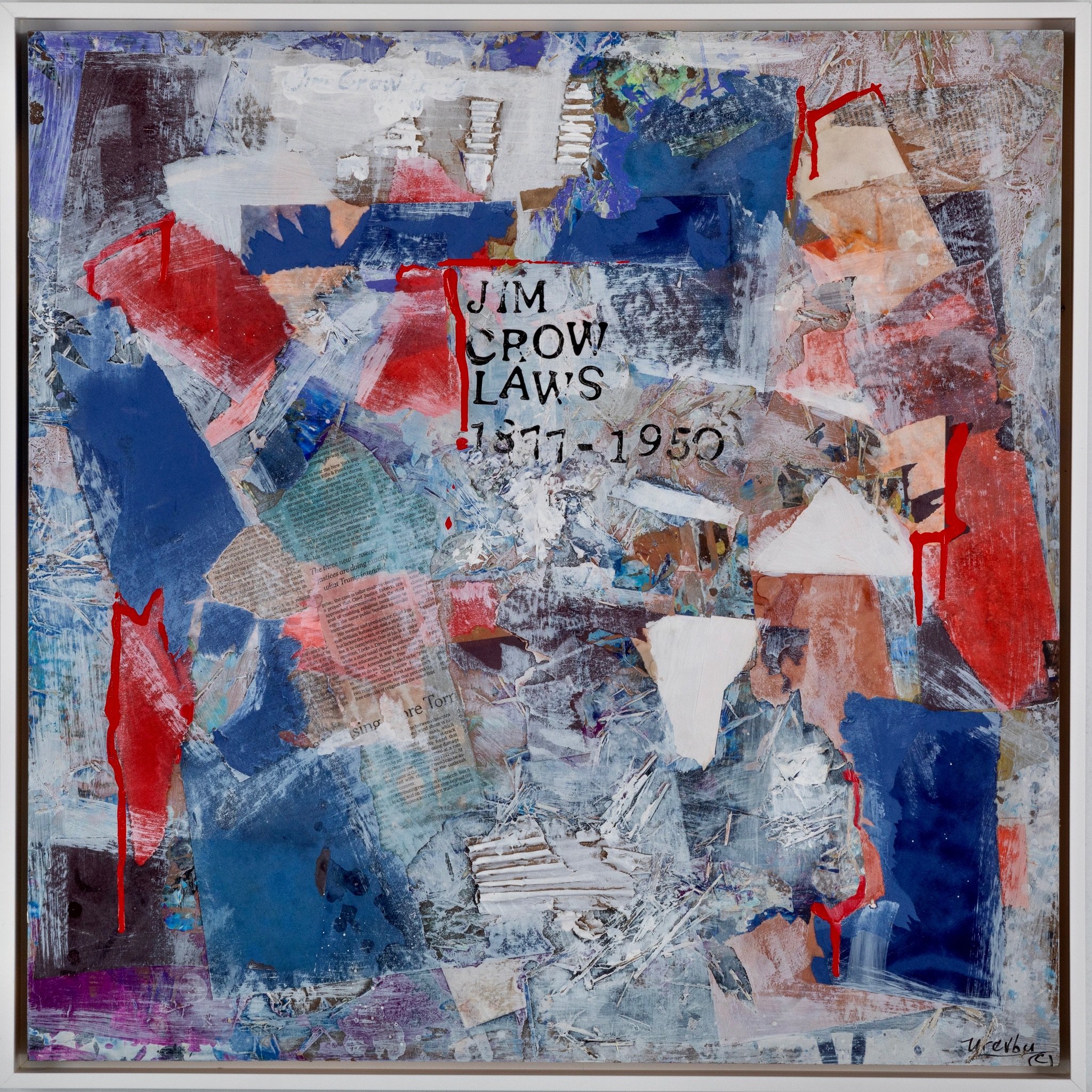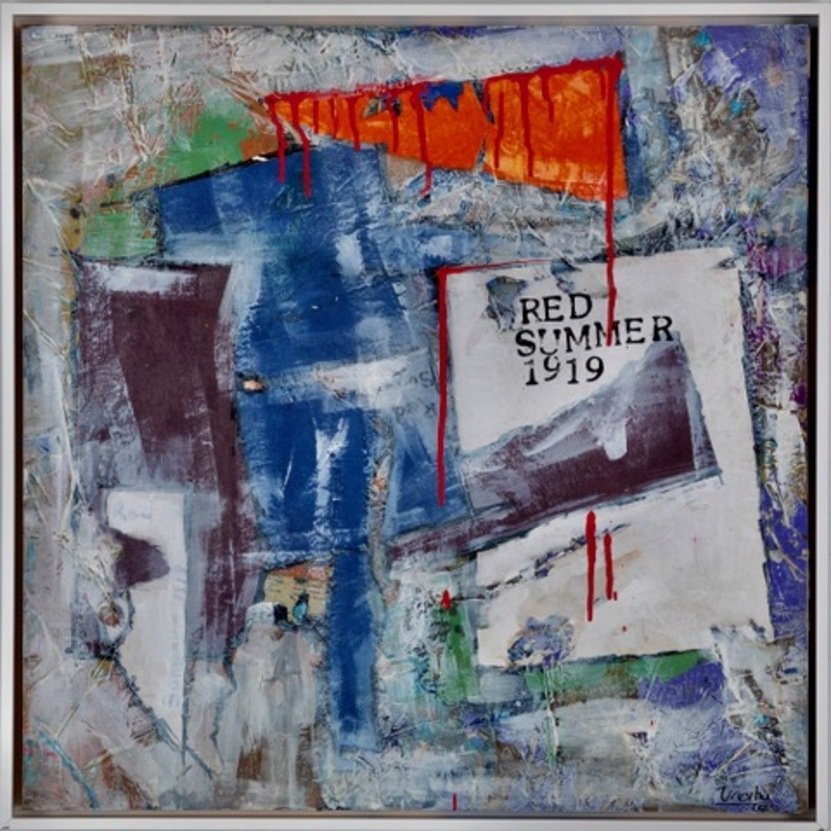Untold Stories Collection
New Orleans Massacre, 1866
The New Orleans Riot of 1866, also known as the Mechanics Institute Riot, stands as a pivotal and tragic event during the tumultuous Reconstruction era in the United States. It occurred against the backdrop of escalating racial tensions and political strife in post-Civil War New Orleans, Louisiana.The incident unfolded on July 30, 1866, during a Louisiana Constitutional Convention held outside the Mechanics Institute in New Orleans. The convention, which had reconvened due to the state legislature's enactment of restrictive Black Codes and refusal to extend voting rights to Black men, symbolized the struggle for racial equality and political representation in the South.Mayor John T. Monroe, a staunch supporter of the Confederacy, played a central role in the violence that ensued. He mobilized a coalition of ex-Confederates, white supremacists, and members of the New Orleans Police Force to block Black and white delegates from attending the convention. Claiming to maintain public order, Monroe's true intent was to prevent the delegates from meeting and advancing their agenda.As approximately 130 Black residents marched peacefully toward the Mechanics Institute behind the U.S. flag, they were met with hostility and violence. Shots were fired as they approached the meeting hall, but the marchers persisted. Upon reaching the institute, they were ambushed by the police and white mob members, who viciously attacked them, resulting in deaths and injuries among the marchers.The violence escalated as the police and mob surrounded the Mechanics Institute, indiscriminately firing into the building where delegates sought refuge. The attackers stormed the institute, firing into the crowd of delegates and causing chaos and bloodshed inside. Many delegates were killed on the spot, while others attempted to flee or surrender, only to face further brutality on the streets of New Orleans.The casualties were staggering. At least 200 Black Union war veterans were killed, including forty delegates who had gathered to advocate for civil rights and political inclusion. In total, 238 people were killed, and 46 were wounded in the massacre. The brutality and senseless loss of life shocked the nation and galvanized opposition to President Andrew Johnson's moderate Reconstruction policies.Public outrage over the violence played a significant role in the Congressional elections of 1866, with Northerners rallying behind the Republican Party's platform of advocating for civil rights and justice for African Americans. The Republican-controlled Congress subsequently passed the Reconstruction Act of 1867, ushering in a more radical phase of Reconstruction that aimed to protect the rights of formerly enslaved individuals and ensure their full participation in American society.The New Orleans Riot of 1866 remains a stark reminder of the challenges and sacrifices endured in the struggle for racial equality in America. It underscored the persistent resistance to progress and justice faced by African Americans during Reconstruction and continues to resonate in discussions of civil rights and historical reckoning.Ephraim Urevbu
New Orleans Massacre 1866
Acrylic and mixed media on board
24 x 24 in (60.9 x 60.9 cm)
























